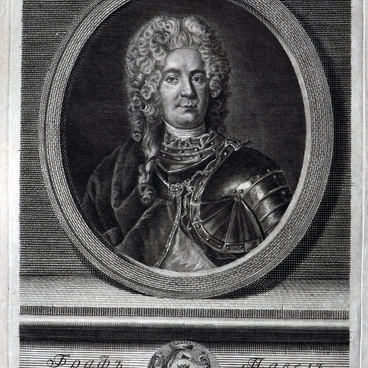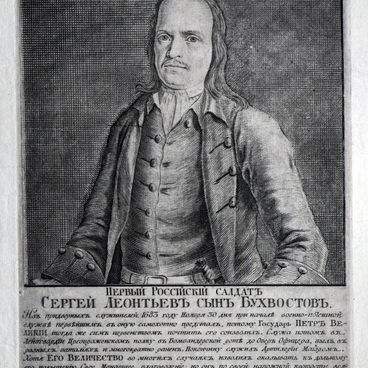A lubok or popular print is an ancient kind of folk art, a narrative picture with an inscription that was carved on linden wood (“lub”). In the 18th century, “sheets” were produced using copper engravings. In the 19th century making a print required the image to be lithographed, woodcut and painted by hand. Lubok prints are characterized by simplicity of execution and the depiction of simple images with inscriptions.
During the reign of Peter the Great, lubok prints became especially popular. To the illiterate part of society, they were a kind of protection against foreign innovations introduced by Peter’s reforms.
The lubok plot “How the Mice Buried the Cat”, or, in later editions, “Tall Tale with Familiar Faces”, was extremely popular. The mice, having suffered many troubles at the hands of the cat, thought that their sleeping enemy was dead and decided to arrange a solemn funeral for him and a holiday for themselves. Out of caution the mice tied the cat’s paws and loaded him onto a sled and proceeded to drag it. However, in the midst of the celebration, the “deceased” came back to life, broke out of the ropes and attacked the procession, causing great damage to the mice population.
The funeral procession resembles a buffoonery: 22 mice ride on top of each other, some smoke tobacco, while others play drums, pipes or flutes. The mouse at the head of the procession “drives a carriage”, while the ones behind it drag a “tub of good drink”, from which they drink as they go. The explanatory inscription reads: “The tall tale with familiar faces was found in the old svetlitsa [women’s room or area for handicrafts] doomed to obscurity like mice burying a cat, seeing off their enemy, saying him their last farewell…”
This plot is found in Western European medieval art; Julia Khotko traces it back to a late edition of Aesop’s fable “The Cat and the Mouse”. However, in the 19th century, lubok prints were often perceived to have satirical depictions of Peter I: this version was expressed, in particular, by Dmitry Rovinsky. The presence of a wind orchestra of mice can serve as confirmation of that — for the first time, such an orchestra played at the funeral of the first Emperor of All of Russia. Historian Vladimir Stasov suggested that the authors of the print could be Old Believers who were persecuted by the emperor.
The first editions of this lubok narrative are attributed to the late 17th — early 18th century and are centered around the procession and its participants. Later versions also tell about the circumstances of the cat’s “death” and the plans of the mice. In addition to that, some versions have a larger number of mice, a more detailed text, and the lubok itself resembles an article from an encyclopedia: each character is assigned a number with a corresponding annotation.

